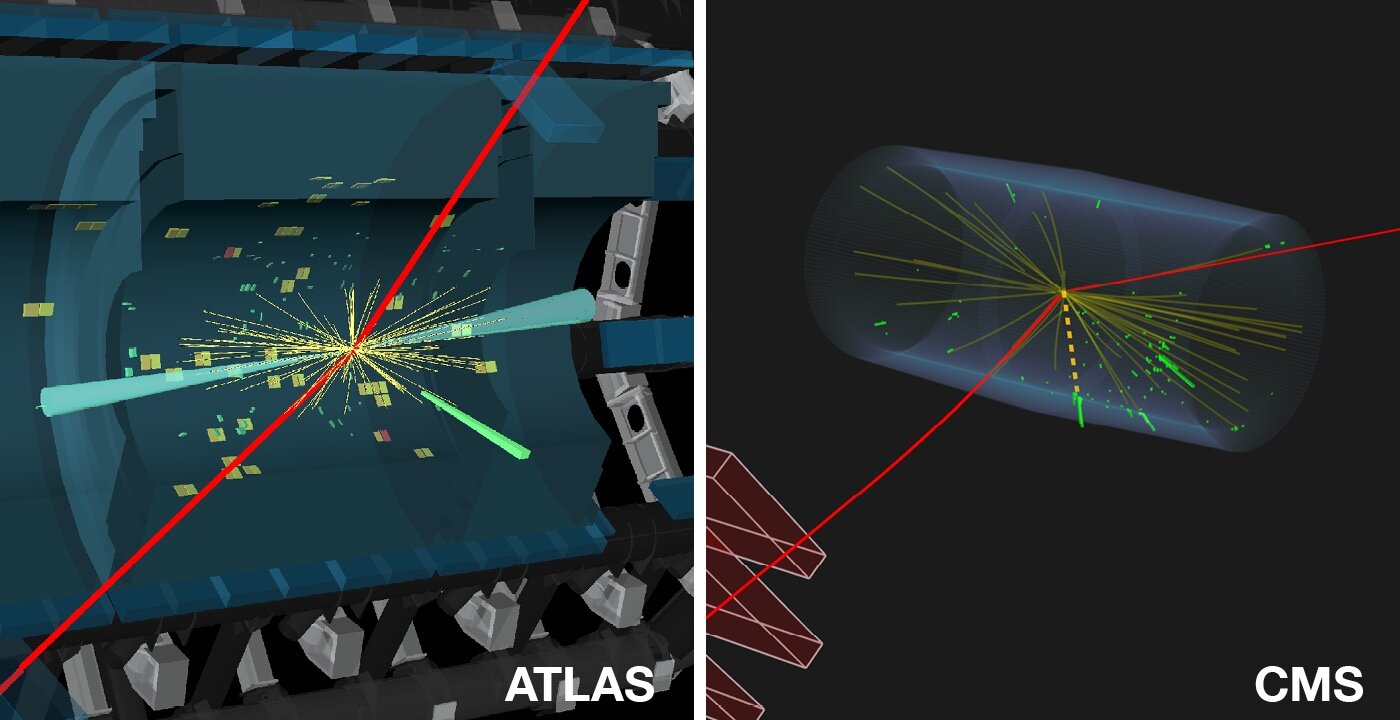The discovery of the Higgs boson at the Large Hadron Collider (LHC) of the European Organization for Nuclear Research (CERN) in 2012 was a major milestone in particle physics. Since then, the ATLAS and CMS collaboration has been seriously investigating the properties of this unique particle and researching to determine the different ways in which it is produced and decayed into other particles.
In the Large Hadron Collider Physics Conference (LHCP) This week, ATLAS and CMS reported their collaboration to find the first evidence of the rare process by which the Higgs boson decays into a Z boson, the electrically neutral carrier of the weak force, and a photon, the carrier of the electromagnetic force. The decay of the Higgs boson could provide indirect evidence for the existence of particles beyond those predicted by the Standard Model of particle physics.
The decay of the Higgs boson into a Z boson and a photon is analogous to the decay of the Higgs boson into two photons. In these processes, the Higgs boson does not decay directly into these pairs of particles. Instead, the decay processes proceed via an intermediate “ring” of “virtual” particles that pop in and out of existence and cannot be directly detected. These hypothetical particles could include new, hitherto undiscovered particles interacting with the Higgs boson.
The Standard Model predicts that if the Higgs boson has a mass of about 125 billion electron volts, then approximately 0.15% of the Higgs boson will decay into a Z boson and a photon. But some theories that extend the Standard Model predict a different decay rate. Thus, measuring the rate of decay provides valuable insights into physics beyond the Standard Model and the nature of the Higgs boson.
Previously, using data from proton-proton collisions at the Large Hadron Collider, ATLAS and CMS independently conducted extensive searches for the decay of the Higgs boson into a Z boson and a photon. Both researches used similar strategies, identifying the Z boson by decaying it into pairs of electrons or muons – heavier versions of electrons. Z boson decays occur in about 6.6% of cases.
In these searches, the collision events associated with the decay of the Higgs (signal) boson will be identified as a narrow peak, against a smooth background of events, in the combined mass distribution of the decay products. To enhance sensitivity to decay, ATLAS and CMS exploited the most common patterns in which the Higgs boson is produced and classified the events based on the properties of these production processes. They also used advanced machine learning techniques to further differentiate signals from background events.
In a new study, ATLAS and CMS have now joined forces to maximize the results of their research. By combining datasets collected by both experiments during the LHC’s second run, which took place between 2015 and 2018, the collaboration dramatically increased the statistical accuracy and reach of its searches.
This collaborative effort resulted in the first evidence of the decay of the Higgs boson into a Z boson and a photon. The result has a statistical significance of 3.4 standard deviations, which is lower than the traditional requirement of 5 standard deviations to claim an observation. The mean of the measured signal is 1.9 standard deviations higher than the prediction of the standard model.
“Each particle has a special relationship with the Higgs boson, which makes the search for the rare Higgs decay a top priority,” says Pamela Ferrari, coordinator of physics at ATLAS. “Through a careful combination of the individual results of ATLAS and CMS, we have taken a step forward toward solving another mystery of the Higgs boson.”
“The presence of new particles could have very large effects on the rare patterns of Higgs decay,” says Florencia Canelli, Physics Coordinator at CMS. “This study is a powerful test of the Standard Model. With the third ongoing run of the LHC and the future LHC, we will be able to improve the accuracy of this test and verify the rarest Higgs decay ever.”

“Extreme travel lover. Bacon fanatic. Troublemaker. Introvert. Passionate music fanatic.”







More Stories
A review of Rhengling at Erfurt Theater
MrBeast Sued Over 'Unsafe Environment' on Upcoming Amazon Reality Show | US TV
A fossilized creature may explain a puzzling drawing on a rock wall.